A hypothetical particle known as the ultralight boson could be responsible for our universe’s dark matter.
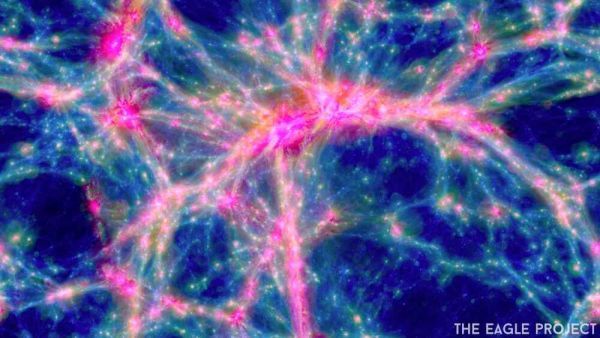

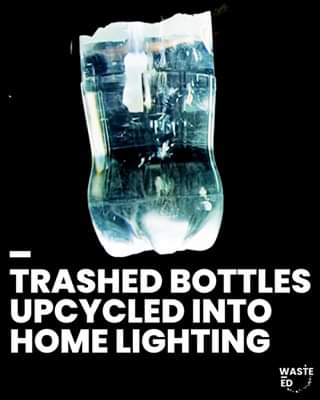
Northwestern researchers have developed a first-of-its-kind soft, aquatic robot that is powered by light and rotating magnetic fields. These life-like robotic materials could someday be used as “smart” microscopic systems for production of fuels and drugs, environmental cleanup or transformative medical procedures.

Creative technology studio playtronica has found a way of making music with pretty much anything including vegetables. their electronic devices transform touch into midi notes making anything into a midi controller including one that turns the human body into a keyboard. how it works is by effectively creating a circuit between the device and human body or the fruit. it’s then connected to a computer so when you touch the instrument the circuit is closed, and a specified sound is played. the tools are designed to work with organic materials and mostly anything that has water inside.

Every day, we produce large quantities of urine, at no cost. So instead of flushing it down the toilet, what if it was transformed into something useful? The Down to Earth team takes a closer look.
Urine is made up of 95 percent water as well as other compounds such as nitrogen, phosphorus and potassium, all of which help plants grow. They are known as the “Big 3” primary nutrients used to produce synthetic fertilisers, a process that is both expensive and polluting.
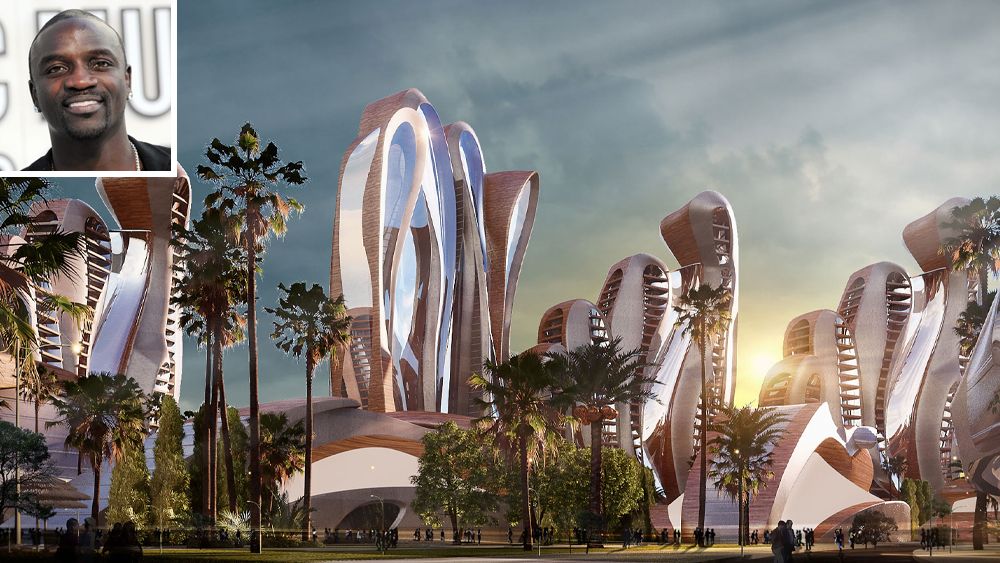

So young and already so evolved: Thanks to observations obtained at the Large Binocular Telescope, an international team of researchers coordinated by Paolo Saracco of the Istituto Nazionale di Astrofisica (INAF, Italy) was able to reconstruct the wild evolutionary history of an extremely massive galaxy that existed 12 billion years ago, when the universe was only 1.8 billion years old, less than 13% of its present age. This galaxy, dubbed C1-23152, formed in only 500 million years, an incredibly short time to give rise to a mass of about 200 billion suns. To do so, it produced as many as 450 stars per year, more than one per day, a star formation rate almost 300 times higher than the current rate in the Milky Way. The information obtained from this study will be fundamental for galaxy formation models for objects it for which it is currently difficult to account.
The most massive galaxies in the universe reach masses several hundred billion times that of the sun, and although they are numerically just one-third of all galaxies, they contain more than 70% of the stars in the universe. For this reason, the speed at which these galaxies formed and the dynamics involved are among the most debated questions of modern astrophysics. The current model of galaxy formation—the so-called hierarchical model—predicts that smaller galaxies formed earlier, while more massive systems formed later, through subsequent mergers of the pre-existing smaller galaxies.
On the other hand, some of the properties of the most massive galaxies observed in the local universe, such as the age of their stellar populations, suggest instead that they formed at early epochs. Unfortunately, the variety of evolutionary phenomena that galaxies can undergo during their lives does not allow astronomers to define the way in which they formed, leaving large margins of uncertainty. However, an answer to these questions can come from the study of the properties of massive galaxies in the early universe, as close as possible to the time when they formed most of their mass.
Voicebots, humanoids and other tools capture memories for future generations.
What happens after we die—digitally, that is? In this documentary, WSJ’s Joanna Stern explores how technology can tell our stories for generations to come.
Old photos, letters and tapes. Tech has long allowed us to preserve memories of people long after they have died. But with new tools there are now interactive solutions, including memorialized online accounts, voice bots and even humanoid robots. WSJ’s Joanna Stern journeys across the world to test some of those for a young woman who is living on borrowed time. Photo illustration: Adele Morgan/The Wall Street Journal.
More from the Wall Street Journal:
Visit WSJ.com: http://www.wsj.com.
Visit the WSJ Video Center: https://wsj.com/video.
On Facebook: https://www.facebook.com/pg/wsj/videos/
On Twitter: https://twitter.com/WSJ
On Snapchat: https://on.wsj.com/2ratjSM
#WSJ #Tech #Documentary
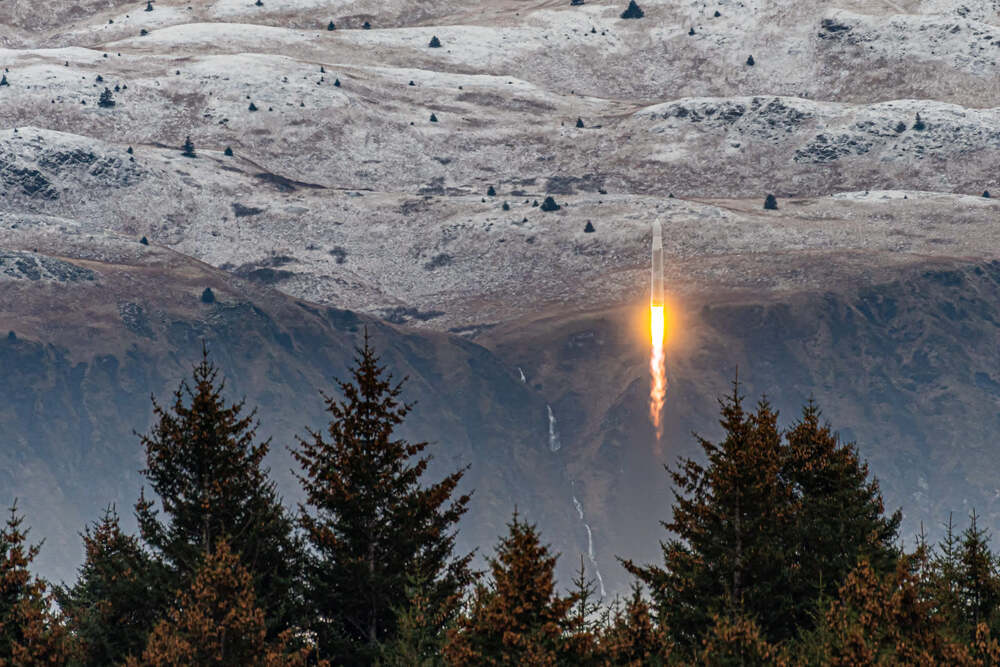
San Francisco-area startup Astra became the latest U.S. rocket builder to reach space on Tuesday, with the successful launch of its Rocket 3.2 vehicle from Kodiak, Alaska.
The rocket came just shy of reaching orbit, with Astra CEO Chris Kemp telling reporters after the launch that the vehicle reached the target altitude of 390 kilometers but was “just a half a kilometer per second short” of the target orbital velocity.
“This far exceeded our team’s expectations,” Kemp said.
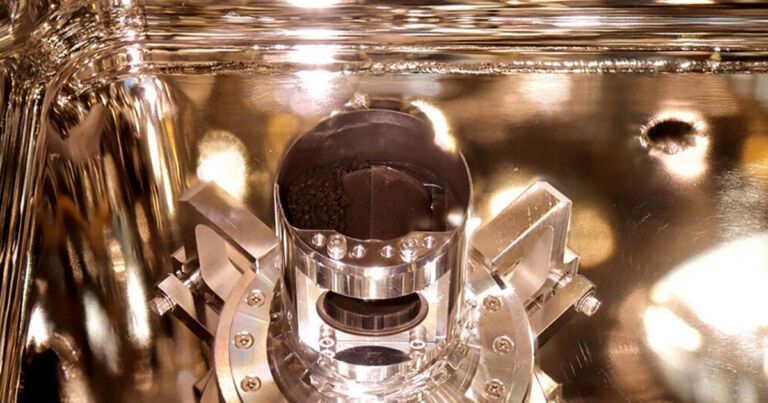
“When we actually opened it, I was speechless,” JAXA scientist Hirotaka Sawada said, as quoted by The Guardian. “It was more than we expected and there was so much that I was truly impressed.”
The quality of the sample was outstanding.
“It wasn’t fine particles like powder, but there were plenty of samples that measured several millimeters across,” Sawada added, according to The Guardian.